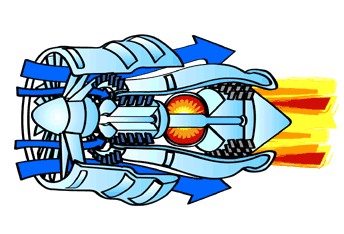Machines - Robots - Automobiles - Energy - Never Ending Technology - Power - Go Green - Pumps - Compressors - Power Plant - CAD - Cooling Tower - Oil & Gas - Heat Exchangers - Interview - Mock campus - Ship - Materials ...
Geneva Motor Show - Photos
Aston Martin V12 Zagato
Audi A3
BMW M6
Bentley EXP 9F
Bugatti Veyron Grand Sport Vitesse
Ferrari F12 Berlinetta
Fiat 500L
Ford B-Max
Toyota FT-Bh Concept – the hybrid car of tomorrow
Toyota FT-Bh, a hybrid concept at the Geneva Motor Show that gets 134.5 mpg. They can't all be winners. A decade after the Prius first arrived, no other automaker has managed to produce hybrid vehicles in volumes approaching Toyota -- a tribute to the company's head-start in technology and business acumen. Some of that can been seen in the FT-Bh, conceived to show how to build a Toyota Yaris-sized hybrid for maximum efficiency without using exotic materials that would drive up prices. Weighing a scant 1,700 lbs., and sculpted for aerodynamics, the FT-Bh's power comes from a 1-liter, two-cylinder engine -- a smaller mill than what you find in large motorcycles.
Design
“Ecomotion” was the theme for styling FT-Bh, with its shape
demonstrating a new approach to bodywork design. Key panels, such as the
roof, are formed to represent the way fabric can be stretched taut
between fastening points, to reflect their ultra-light weight.
Weight saving
The target for FT-Bh was a 25 per cent saving on the 1.0-litre Yaris’s
1,030kg kerb weight. Using a combination of high-tensile steel,
aluminium and magnesium in the construction has trimmed the weight to
just 786kg.
Powertrain
FT-Bh’s full hybrid drive system is a masterpiece of powertrain
downsizing. With substantial weight savings in every driveline
component, it is almost 90kg lighter than theHybrid Synergy Drivesystem
used in today’s Prius.The lightweight, two-cylinder, 1.0-litre Atkinson
cycle petrol engine combines high efficiency with low thermal capacity
and benefits with detailed measures to increase combustion efficiency
and reduce friction. As a result, FT-Bh achieves an average fuel
consumption of 134.5mpg and CO2 emissions of just 49g/km.The car’s light
weight makes it agile and responsive to throttle and brakes, and thanks
to its electric motor delivering maximum torque from standstill, it is
nimble, too.
Thermal energy management and electricity saving
Further goals for FT-Bh were improvements in the recovery of thermal
energy and a 50 per cent reduction in electricity consumption. The cabin
uses thermally efficient components and the air conditioning focuses
only on parts of the car where people are sitting.
The amount of electricity used by the LED headlamps, interior lighting and other electrical components has been drastically reduced, to the extent that power consumption is half that of conventional cars. The glazing has been designed for maximum thermal efficiency and even the matte paint has been chosen for its excellent heat insulation characteristics.
Source : Yahoo News
Subscribe to:
Posts (Atom)






























